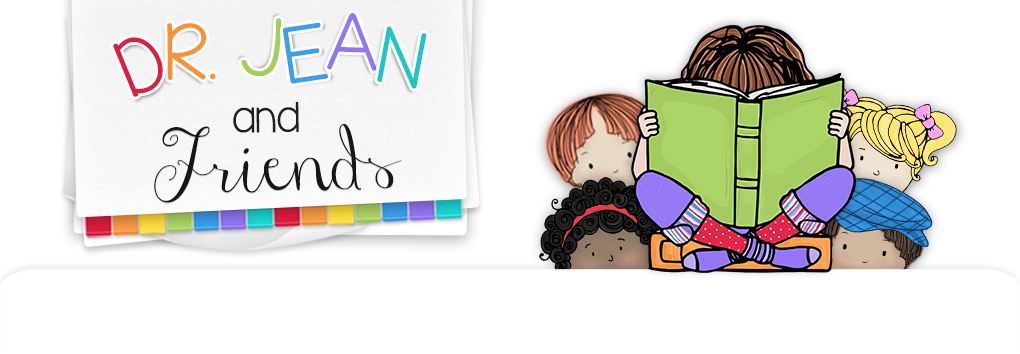Someone once told me that a good consultant/teacher needed to give you something for your hands, something for your heart, and something for your brain.
Hands – I try to give you lots of hands-on and practical activities you can use daily in your classroom.
Heart – Sometimes I have a little encouragement or inspirational story for your heart.
Brain – And, occasionally, I share a book I’ve read, research, or pertinent information for your brain. Today I have something for you to ponder!
Erik Erikson's theory of psychosocial development was one that I studied in college (yes, years ago), but it has relevance for teachers today. A principle of Erikson’s theory was the development of personality and ego through social interaction. Erikson believed that at each stage there was an area where the person had to develop a sense of “mastery” or ego strength.
His 4th psychosocial state ranged from age 5-11 and was known as INDUSTRY vs. INFERIORITY. During this period children develop a sense of pride in their accomplishments and abilities that will influence the rest of their lives.
Children in early school grades need to be encouraged by their teachers and parents to believe in themselves. They need hands-on tasks that they can accomplish successfully. Why do you think the “Rainbow Loom” has had such surprising success? It’s like Kool-aid for school age children because it’s a challenge, but it also gives them a completed task that they can create. LOOK AT WHAT I MADE! Children tell us things by their behavior, and I think they are saying, “I need more hands-on activities and crafts. I need concrete projects where I have a sense of accomplishment.” (On the flip side, that’s also why children and adults like computer games. They can feel successful and a sense of accomplishment as they progress at their own level.)
Erikson emphasized the importance of social interactions, and what better way to do that than working with a partner or assigning group projects. Do you see the difference between having children play a board game with a small group and playing a solitary computer game? Do you see the value in asking children to construct a book and keep a weather journal? Do you see how engaging creating puppets out of lunch bags and using them to retell stories can be? And that’s why I was so thrilled to learn that the 3rd graders in K.J.’s school are learning to square dance!! Children have a lifetime to be an adult and sit in front of a screen. They only have ONE chance to be four, or five, or seven!
I am committed to children and have a deep respect for “ages and stages.” It’s a missed opportunity if we don’t give children the time, materials, and projects they NEED to develop this “mastery” and pride in their accomplishments.
Come back tomorrow and I’ll share some specifics for your classroom!


